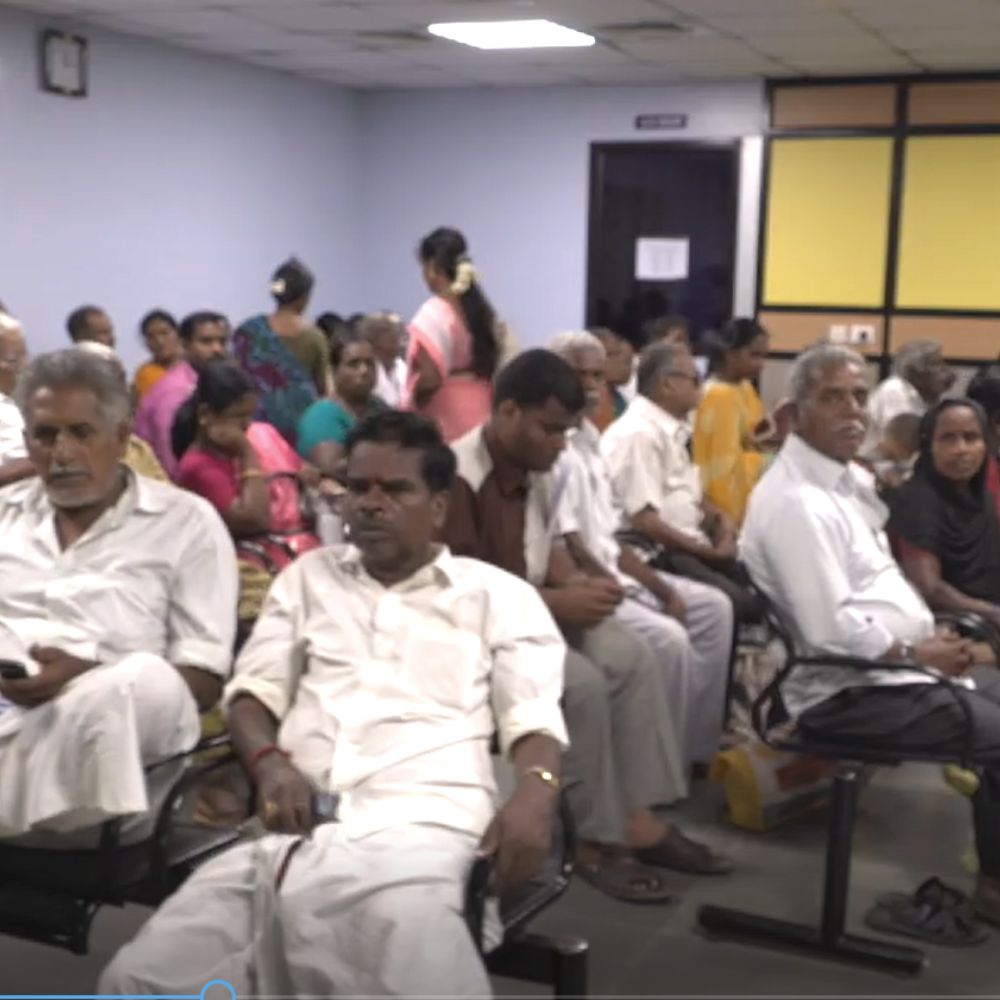Kamalini Ramdas
Professor of Management Science and Operations at London Business School, Deloitte Chair in Innovation and Entrepreneurship

bio
Professor Kamalini Ramdas is an expert in the innovation arena. Her current research examines new ways to create value through innovation, including: service innovation, operational innovation and business model innovation. She has also examined the amount of product variety and component-level variety that firms should offer, and how variety can be managed effectively through design.
She has served as co-principal investigator on a $1.2M grant to model and implement profitable cardiac preventive care via delivery innovation. She has also examined delivery innovation in an array of service industries supported by a grant from the UK Economic and Social Research Council.
Professor Ramdas’s work has been published in Management Science, Manufacturing & Service Operations Management, Harvard Business Review, and other journals. She has served as Departmental Editor, Entrepreneurship & Innovation Department, Management Science.
Her expertise has seen her consult on innovation and operations management in a variety of industries, including healthcare, telecoms, consumer packaged goods and assembled products.
Professor Ramdas chairs the Wheeler Institute Call for Proposals Faculty Committee.
Publications
Evidence from the first Shared Medical Appointments (SMAs) randomised controlled trial in India: SMAs increase the satisfaction, knowledge, and medication compliance of patients with glaucoma
Abstract
In Shared Medical Appointments (SMAs), patients with similar conditions meet the physician together and each receives one-on-one attention. SMAs can improve outcomes and physician productivity. Yet privacy concerns have stymied adoption. In physician-deprived nations, patients’ utility from improved access may outweigh their disutility from loss of privacy. Ours is to our knowledge the first SMA trial for any disease, in India, where doctors are scarce. In a 1,000-patient, single-site, randomized controlled trial at Aravind Eye Hospital, Pondicherry, we compared SMAs and one-on-one appointments, over four successive visits, for patients with glaucoma. We examined patients’ satisfaction, knowledge, intention-to-follow-up, follow-up rates, and medication compliance rates (primary outcomes) using intention-to-treat analysis. Of 1,034 patients invited between July 12, 2016 –July 19, 2018, 1,000 (96.7%) consented to participate, and were randomly assigned to either SMAs (NSMA = 500) or one-on-one appointments (N1-1 = 500). Patients who received SMAs showed higher satisfaction (MeanSMA = 4.955 (SD 0.241), Mean1-1 = 4.920 (SD 0.326); difference in means 0.035; 95% CI, 0.017–0.054, p = 0.0002) and knowledge (MeanSMA = 3.416 (SD 1.340), Mean1-1 = 3.267 (SD 1.492); difference in means 0.149; 95% CI, 0.057–0.241, p = 0.002) than patients who received one-on-one appointments. Across conditions, there was no difference in patients’ intention-to-follow-up (MeanSMA = 4.989 (SD 0.118), Mean1-1 = 4.986 (SD 0.149); difference in means 0.003; 95% CI, -0.006–0.012, p = 0.481) and actual follow-up rates (MeanSMA = 87.5% (SD 0.372), Mean1-1 = 88.7% (SD 0.338); difference in means -0.012; 95% CI, -0.039–0.015, p = 0.377). Patients who received SMAs exhibited higher medication compliance rates (MeanSMA = 97.0% (SD 0.180), Mean1-1 = 94.9% (SD 0.238); difference in means 0.020; 95% CI, 0.004–0.036, p = 0.013). SMAs improved satisfaction, learning, and medication compliance, without compromising follow-up rates or measured clinical outcomes. Peer interruptions were negatively correlated with patient satisfaction in early-trial SMAs and positively correlated with patient satisfaction in later-trial SMAs.
Shared Service Delivery Can Increase Client Engagement: A Study of Shared Medical Appointments
Abstract
Problem Definition: Clients and service providers alike often consider one-on-one service delivery to be ideal, assuming — perhaps unquestioningly — that devoting individualized attention best improves client outcomes. In contrast, in shared service delivery, clients are served in batches and the dynamics of group interaction could lead to increased client engagement — which could improve outcomes. However, the loss of privacy and personal connection might undermine engagement.
Practical Relevance: The engagement dynamics in one-on-one and shared delivery models have not been rigorously studied. To the extent that shared delivery may result in comparable or better engagement than one-on-one delivery, service providers in a broad array of contexts may be able to create more value for clients by delivering service in batches.
Methodology: We conducted a randomized controlled trial with 1,000 patients who were undergoing glaucoma treatment over a three-year period at a large eye hospital. Using verbatim and behavioral transcripts from over 20,000 minutes of video recorded during our trial, we examine how shared medical appointments (SMAs) — in which patients are served in batches — impact engagement.
Results: Patients who experienced SMAs asked 33.33% more questions per minute, made 8.63% more non-question comments per minute, and exhibited higher levels of non-verbal engagement across a wide array of measures (attentiveness, positivity, head wobbling or `talai taḷḷāṭṭam’ in Tamil — a South Indian gesture to signal agreement or understanding — eye contact and end-of-appointment happiness), relative to patients who attended one-on-one appointments.
Managerial Implications: These results shed light on the potential for shared service delivery models to increase client engagement and enhance service performance.
Timely After-Sales Service and Technology Adoption: Evidence from the Off-Grid Solar Market in Uganda
Abstract
We construct novel text-based measures of firm-level cyber risk exposure based on quarterly earnings calls of 12,000+ firms from 85 countries over 20+ years. We categorize each cyber-related discussion into topics that capture sentiment, monetary loss, country names, etc. We document new facts on the worldwide rise of cyber risk and its industrial and geographical composition. We characterize most affected firms and show that our indices can predict future cyberattacks. Cyber risk exposure has significant direct and contagion effects on stock returns. Finally, there is a factor structure in our firm-level measures and shocks to the common factor are priced.








